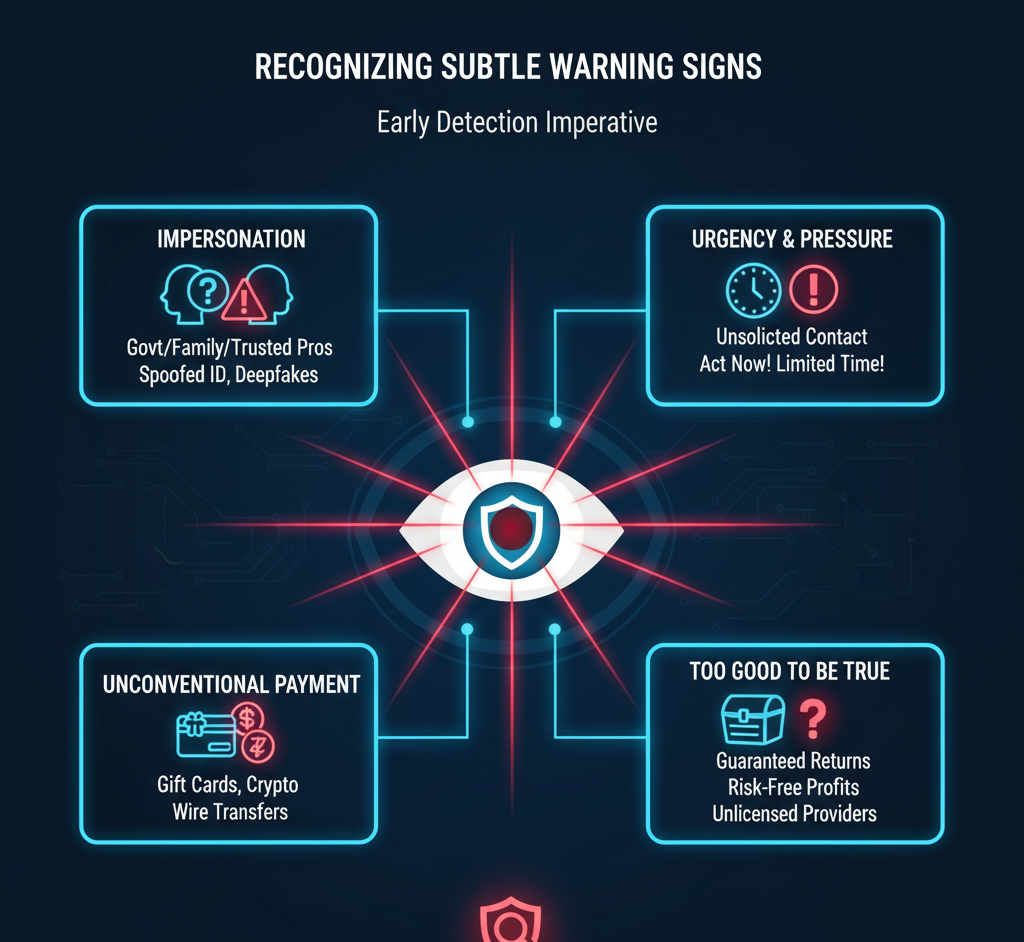The Escalating Threat of Financial Frauds
Financial fraud has grown exponentially in the past decade, driven by the convergence of technological accessibility and widespread digital transactions. According to the Federal Trade Commission (FTC), consumers reported losses exceeding $12.5 billion to scams in 2024, marking a 25% increase compared to 2023. The FBI’s Internet Crime Complaint Center (IC3) documented 859,532 complaints in 2024, with a staggering $16.6 billion in total losses a 33% rise from the previous year. Notably, of these complaints, 256,256 incidents resulted in actual financial loss, averaging $19,372 per victim, highlighting the high stakes involved. 💸🚨
Demographic trends reveal that older adults, particularly those over 60, are disproportionately targeted. This age group filed 147,127 complaints, suffering cumulative losses of $4.885 billion, a significant rise from 2023 figures. Conversely, younger individuals, particularly those aged 20-29, reported losses in 44% of fraud cases, albeit with a lower median of $417, reflecting smaller-scale exploitation. Military personnel also remain vulnerable, reporting $584 million in losses in 2024, often linked to impersonation and phishing scams. Geographically, urban centers like Miami and Atlanta experienced higher fraud prevalence, with 1,714 and 903 reports per 100,000 population, respectively. 🌆📈
Cyber-enabled fraud has emerged as the dominant modality, accounting for 83% of financial losses in 2024, totaling $13.7 billion. Cryptocurrency scams proliferated, registering 149,686 complaints and $9.3 billion in losses, a staggering 66% increase from the previous year. Investment-related frauds, business email compromise (BEC), and tech support scams contributed most heavily to financial detriment. By volume, phishing and spoofing attacks were most common, with 193,407 incidents, followed by extortion schemes (86,415 cases) and data breaches (64,882 cases). These figures underscore the necessity of comprehensive, adaptive protective measures. 💻🔒




